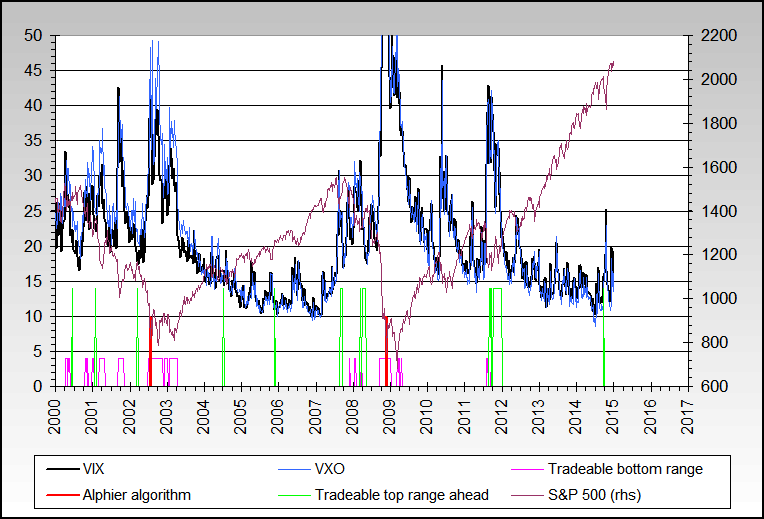Re: Bearish Information Re. Carl Swenlin
jim, are we officially in a bear market? is itulip dec. '07 bear market in '08 call 'right' yet? you've been saying since the call that 'we'll see if it's right'.
is it yet by jim nickerson standards? everyone's calling it a bear market now.
other forecasts...
1. The first half of 2008 will prove to be a very bullish period and that the second half of the year will be flat or bearish.
http://carlfutia.blogspot.com/2008/0...-for-2008.html
2. Richard Russell says Secular Bull Market Continues
figures... russell is right 39% of the time...
better than fleckenstein at 30%
waaaay better than steve saville at 13%
jim, are we officially in a bear market? is itulip dec. '07 bear market in '08 call 'right' yet? you've been saying since the call that 'we'll see if it's right'.
is it yet by jim nickerson standards? everyone's calling it a bear market now.
other forecasts...
1. The first half of 2008 will prove to be a very bullish period and that the second half of the year will be flat or bearish.
http://carlfutia.blogspot.com/2008/0...-for-2008.html
2. Richard Russell says Secular Bull Market Continues
figures... russell is right 39% of the time...
better than fleckenstein at 30%
waaaay better than steve saville at 13%


Comment